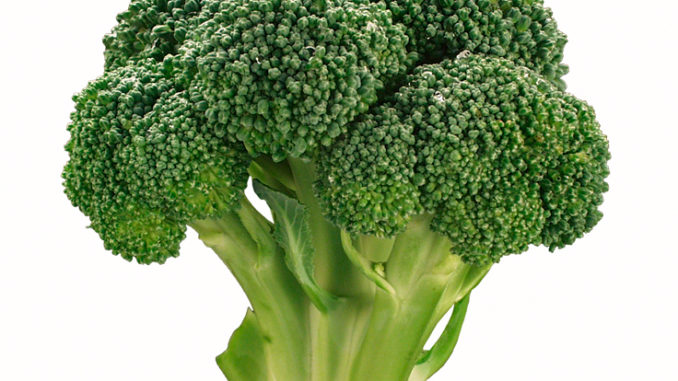
We’ve all heard the old adage – an apple a day keeps the doctor away – but there’s also a lot to be said for the nutrients found in vegetables, especially if they’re cooked properly.
And St. Charles Parish Hospital dietician and diabetes educator Laurie Acosta agrees. In fact, she recommends that everyone should eat at least 2 1/2 cups of veggies each day.
“All vegetables are healthy for us to eat,” said Acosta. “And they all contain different amounts of nutrients.
“It’s healthier to eat more dark-green vegetables like broccoli, spinach and other dark-leafy greens.”
Acosta points out that eating more orange vegetables, like carrots and sweet potatoes, is also healthy, but in order to maintain their nutritional value they must be cooked properly.
“There’s plenty of conflicting information about whether vegetables are enjoyed cooked or raw,” said Acosta. “Some active nutrients in vegetables are more readily available when cooked while others are more prevalent when foods are eaten raw.”
Many nutrients from vegetables can get leached during cooking and Acosta says that the key is to not cook your vegetables too long or with too much water.
“If you cook vegetables gently and without a great deal of water you will help protect the water-soluble vitamins,” said Acosta.
Acosta also says that blanching your vegetables – quickly cooking them in boiling water and removing while still crisp – is a great way to help preserve the color and nutrients along with time management.
“Time is an important factor when it comes to the nutrient breakdown of vegetables,” she said.
“You can slow down the process of nutrient depletion by your storage methods, but getting fresh produce to begin with is important.”
Acosta recommends that local produce is a great start to finding fresh fruits and vegetables.
“Try finding markets that sell locally grown produce,” said Acosta. “Local farmer’s markets are a great place to buy fresh vegetables.”
Acosta’s tips for cooking vegetables
• Boiling. Boiling vegetables is a suitable method for hard vegetables such as green beans, broccoli spears and carrots. The key is to cook the vegetable long enough to brighten its color and soften its texture. Bring water to a boil first, then add vegetables and cook uncovered or partially covered.
• Braising. Braising is sauteing vegetables briefly in fat before adding liquid to finish cooking. This works well with vegetables such as celery hearts, leeks and fennel. Root veggies and leafy greens also are good for braising.
• Microwaving. When microwaving vegetables, place them in a microwave safe dish with a vented cover and add a small amount of water. The greater the volume of vegetables, the longer it will take to cook them.
• Sauteing. Sauteing vegetables is when you cook them quickly in a small amount of fat over relatively high heat. Naturally tender vegetables like onions, peppers, mushrooms and zucchini can be cut up and sauteed very quickly. Hard vegetables such as carrots, broccoli and cauliflower may benefit from a blanching to soften them slightly before sauteing.




Be the first to comment